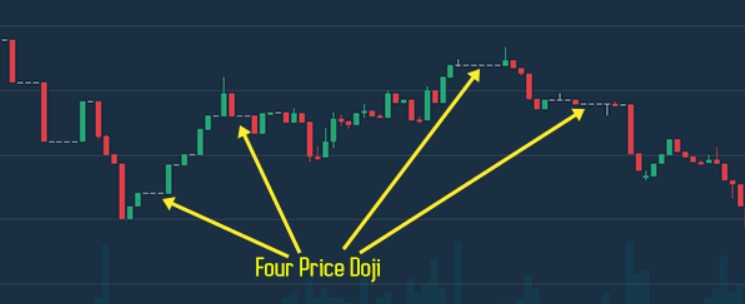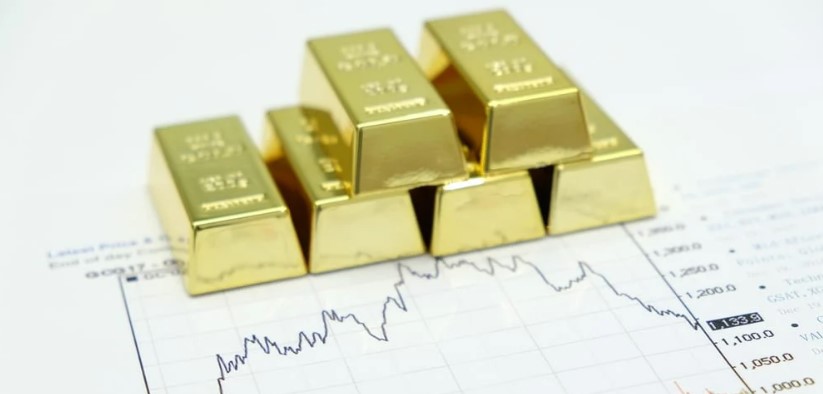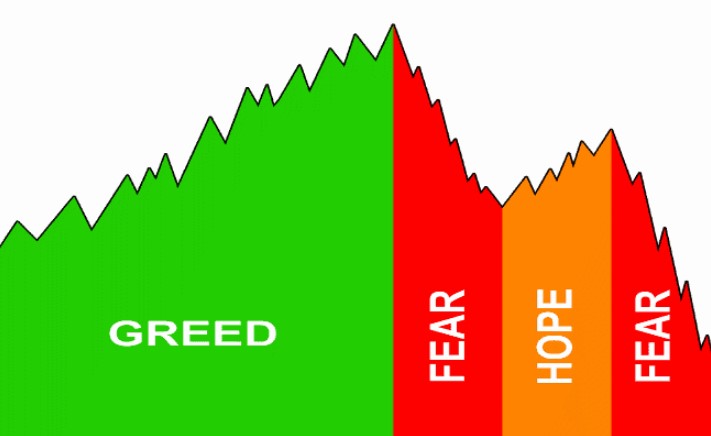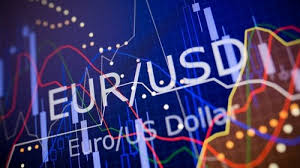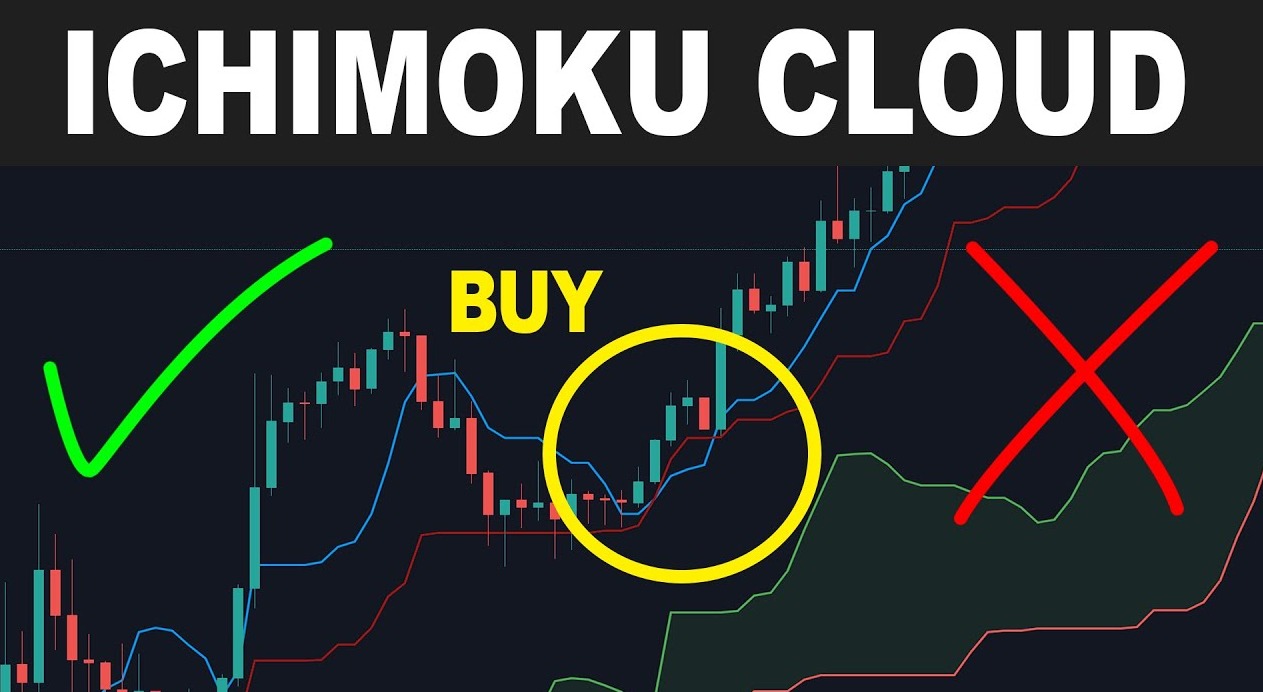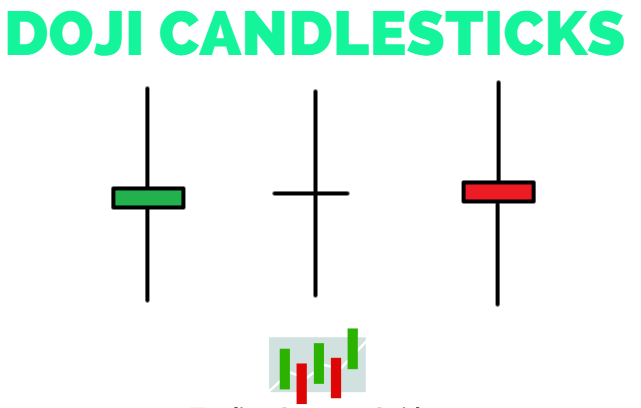
Part 2: Forex Trading Terminology
Forex Trading Terminology
The foreign exchange market has its own set of words and jargon that must be understood. It is critical that you comprehend some of the fundamental Forex terms that you will come across on your trading adventure before proceeding any further in your learning how to trade the foreign exchange market.
• Basic Forex terms:
In the currency exchange market, the cross rate is the rate at which two currencies are exchanged that are neither of which are the official currencies of the nation in which the exchange rate quotation is offered. This term is also often used to refer to currency quotations that do not include the United States dollar, regardless of the nation from whence the quote is obtained or supplied.
When an exchange rate between the British pound and the Japanese yen is reported in an American publication, this is referred to as a cross rate in this context since neither the pound nor the yen is regarded to be the standard currency of the United States. Although it would be regarded a cross rate, the exchange rate between the pound and the United States dollar would not be since it includes the official currency of the United States and hence would not be deemed one.
Exchange Rate – The value of one currency expressed in terms of another. For example, if EUR/USD is 1.3200, 1 Euro is worth US$1.3200.
Pip – The smallest increment of price movement a currency can make. Also called point or points. For example, 1 pip for the EUR/USD = 0.0001 and 1 pip for the USD/JPY = 0.01.
Leverage – Leverage is the ability to gear your account into a position greater than your total account margin. For instance, if a trader has $1,000 of margin in his account and he opens a
He takes a $100,000 stake and leverages his account by a factor of 100, or 100:1. With $1,000 of margin in his account, he may place a trade for $200,000 and have his leverage multiplied by 200 times, or 200:1. Increasing your leverage increases the magnitude of both your earnings and losses.
If you want to know how much leverage you've utilized, divide the entire value of your active trades by the total margin amount in your account. The leverage ratio is 10:1 if, for example, you have $10,000 in margin and you open one standard lot of USD/JPY (100,000 units of the base currency) for $100,000. Your leverage ratio is 15:1 if you open one standard lot of EUR/USD for $150,000 (100,000 x EURUSD 1.5000), which is equal to $150,000 divided by $10,000.
Margin – The amount of money that must be put down to open or maintain a position. Margin may be either "free" or "utilized," depending on the situation. Spent margin refers to the amount of money that is being used to keep an open position open, whilst free margin refers to the amount of money that is available to open new positions. With a $1,000 margin balance in your account and a 1 percent margin requirement to establish a position, you may buy or sell a position worth up to a notional $100,000 with only $1,000 in your margin account. In other words, a trader may leverage his or her account by up to 100 times, or have a leverage ratio of 100:1.
The trader will get a "margin call" if his or her account falls below the minimum amount necessary to keep an open position. The trader will then have the option of either adding additional money to his or her account or closing the opened position. As soon as the margin balance falls below the amount necessary to keep a transaction open, most brokers will immediately shut that deal out. The amount of margin necessary to keep an open position varies depending on the broker and might be as much as 50 percent of the initial margin required to open the position.
Spread – Difference between the sell quotation and the purchase quote, or the difference between the bid and offer price, in dollars. When EUR/USD prices are shown as 1.3200/03, the spread is defined as the difference between 1.3200 and 1.3203, or three percentage points. Ideally, a position must advance in the direction of the trade by an amount equal to the spread before a transaction can be considered break-even.
• The major Forex pairs and their nicknames:
• Understanding Forex currency pair quotes:
Before you can begin trading currency pairs, you must first learn how to correctly interpret a quotation for each currency pair. So, let's get this ball rolling with this:
The exchange rate between two currencies is stated as a pair, for example, the EURUSD and the USDJPY, respectively. Due to the fact that you are simultaneously purchasing one currency and selling another in a foreign exchange transaction, this is the case in every transaction. A good trade would be made if you purchased the EURUSD at a time when the euro was strengthening versus the dollar. As an example, consider the following forex rate for the euro against the United States dollar:
This is referred to as the base currency, and the second currency of a pair, which is positioned to the right of the slash mark, is referred to as the counter currency or quote currency. The base currency is the first currency of a pair that is located to the left of the slash mark.
Whenever you purchase the EUR/USD (or any other currency pair), the exchange rate informs you of how much you will have to spend in terms of the quotation currency in order to purchase one unit of the base currency. To put it another way, in the example above, you would have to spend 1.32105 U.S. dollars in order to purchase one euro.
Whenever you sell the EUR/USD (or any other currency pair), the exchange rate informs you how much of the quote currency you will get for each unit of the base currency you sell. To put it another way, if you sell one euro in the example above, you will get 1.32105 U.S. dollars in return.
For simplicity, consider the following: the BASE currency is the BASIS for commerce. As a result, if you purchase the EURUSD, you are purchasing euro's (the base currency) and selling dollars (the quote currency); conversely, if you sell the EURUSD, you are selling euro's (the base currency) and purchasing dollars (the quotation currency) (quote currency). When buying or selling a currency pair, it is always determined by the first currency in the pair, often known as the base currency (or parity).
A currency pair is bought when the base currency of the pair appreciates (increases in value) in relation to the quote currency. This is the fundamental concept behind Forex trading. If you believe the base currency would depreciate (down in value) in relation to the quotation currency, you would sell the pair of currencies in question.
• Bid and Ask price
Bid Price – The bid is the price at which the market (or your broker) will buy a specific currency pair from you. Thus, at the bid price, a trader can sell the base currency to their broker.
Ask Price – The ask price is the price at which the market (or your broker) will sell a specific currency pair to you. Thus, at the ask price you can buy the base currency from your broker.
Bid/Ask Spread – The spread of a currency pair varies between brokers and it is the difference between the bid and ask the price.
